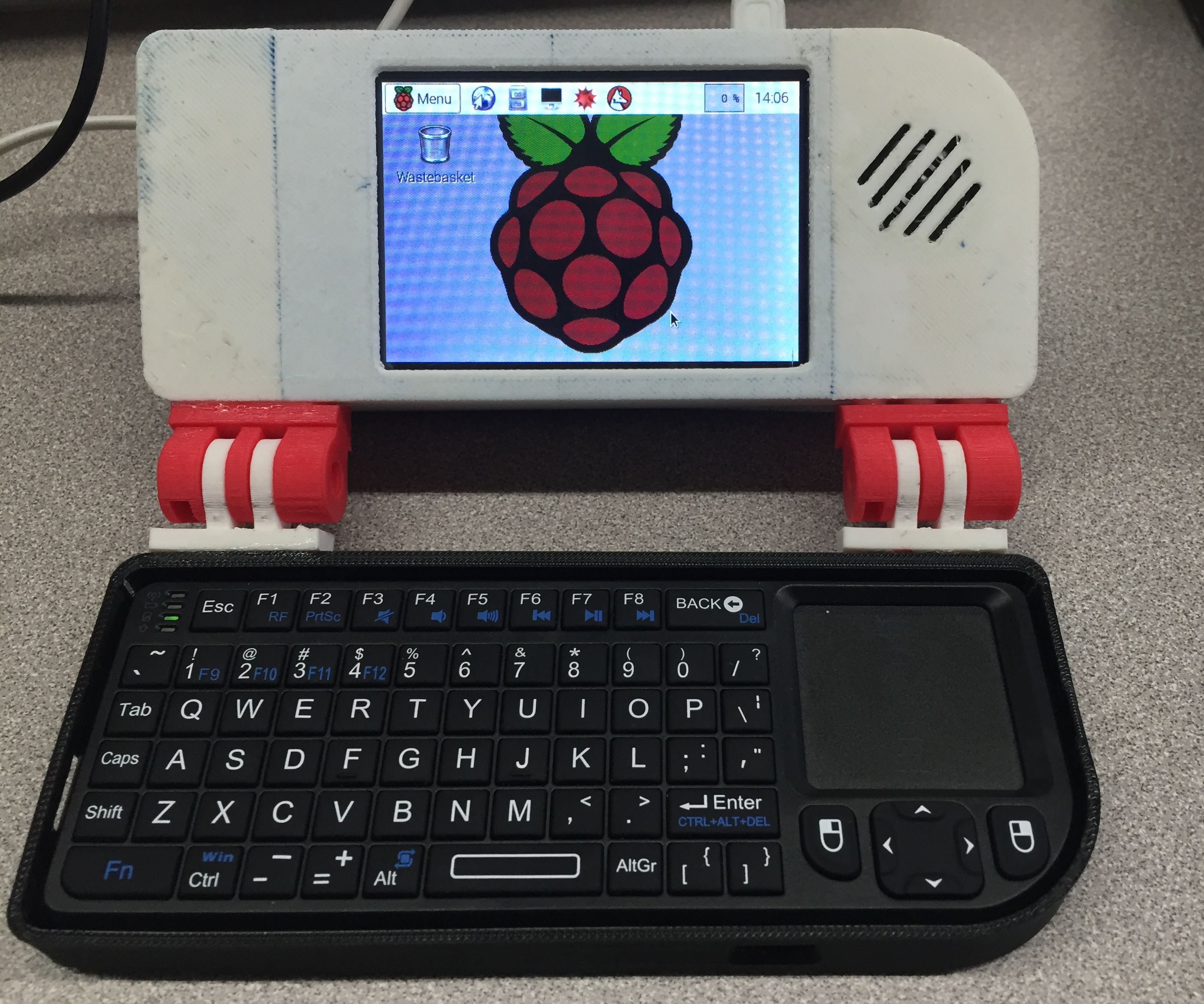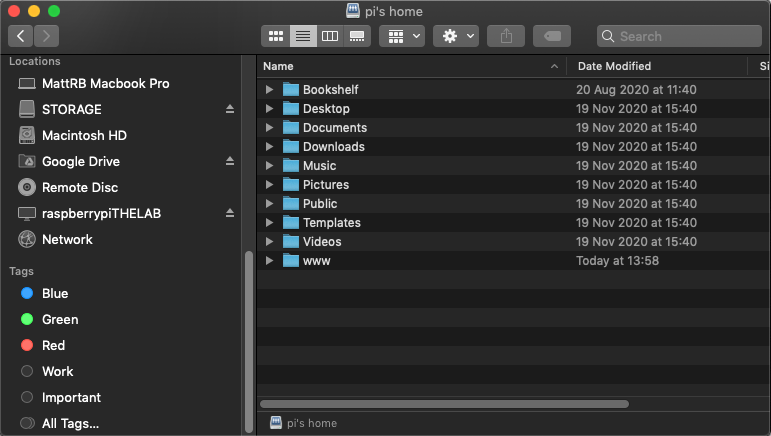


Navigate to the MicroSD Card cd /Volumes/boot.Remove and reinsert the MicroSD Card, it should now be named boot.Ĭonfigure SSH (this will allow us to login to the Pi from the Terminal, you could complete the setup using a display and USB keyboard, but having SSH active is still recommended): Click on WRITE and wait until the process ends.Choose your SD Card (be careful if you have other volumes attached, as this process will erase everything in the selected drive).When choosing OS, select Use custom and look for the.Insert the MicroSD Card into your computer and burn the Raspbian image using the Raspberry Pi Imager: MicroHDMI to HDMI Cable (or HDMI Cable + Adapter)ĭownload Raspbian Buster Lite and the Raspberry Pi Imager from the official sites.External Drive (with Power Supply recommended) and USB Cable.USB-C Power Supply (5.1 V, 3 A recommended).MicroSD Adapter (to connect to your computer).MicroSD Card (2 GB should be enough, 4 GB or more recommended).Vilros Clear Case with Fan (set to silent speed).Vilros USB-C Power Supply (5.1 V, 3 A) with on/off switch.Important note: I do not recommend this setup for your regular backups (at least not with the Pi's WiFi). If you use the ethernet port, you can skip the WiFi configuration and you will benefit from better transfer speeds.įor the moment, this guide does not take into account the setup of a RAID configuration, but might do so in the future. Adding a USB hub with an external power supply could help in those cases.Īt the moment this guide was created, I connected the Raspberry to my network via WiFi (for personal reasons). I have NOT tested USB powered drives, but they might not be able to draw enough power from the Pi. Previous models might not work as expected with this guide (but if they do, they will be limited by the speed of the USB 2.0 ports). I used a Raspberry Pi 4 with 2 GB of RAM, but the 1 GB model should be okay for this proyect.
#Raspberry pi netatalk time machine how to
This guide will show you how to setup an external storage device as a wireless Time Machine backup drive for your Mac (emulating a Time Capsule) and as a NAS on your local network using a Raspberry Pi 4 with Raspbian Buster Lite (no desktop).įor purposes of this guide, the instructions will be tailored for MacOS (setting up the Raspbian OS for the Pi, setting up the hosts, and connecting to the servers). Instructions for setting up a Network Attached Storage (NAS) + Time Machine with a Raspberry Pi 4.


 0 kommentar(er)
0 kommentar(er)
